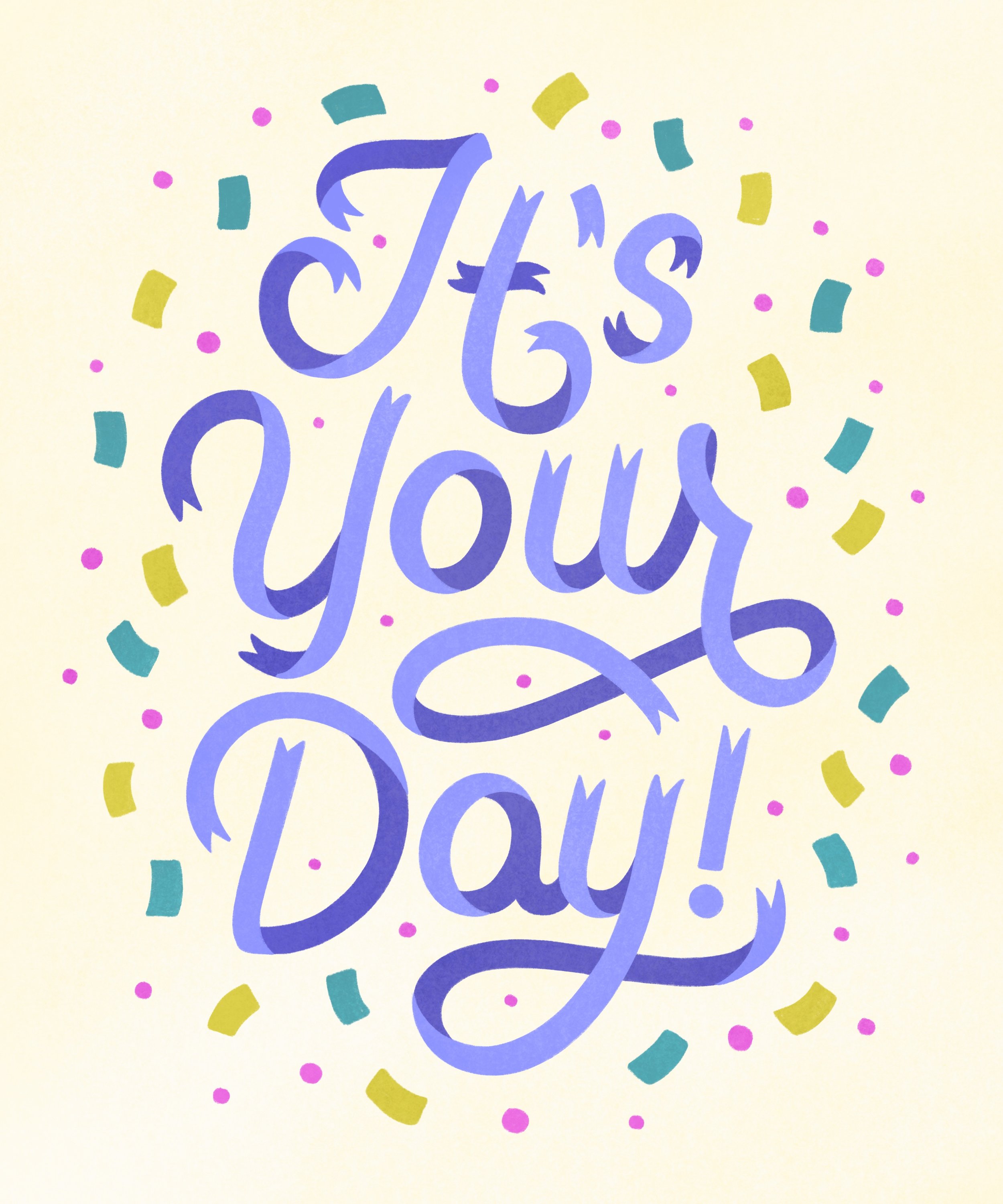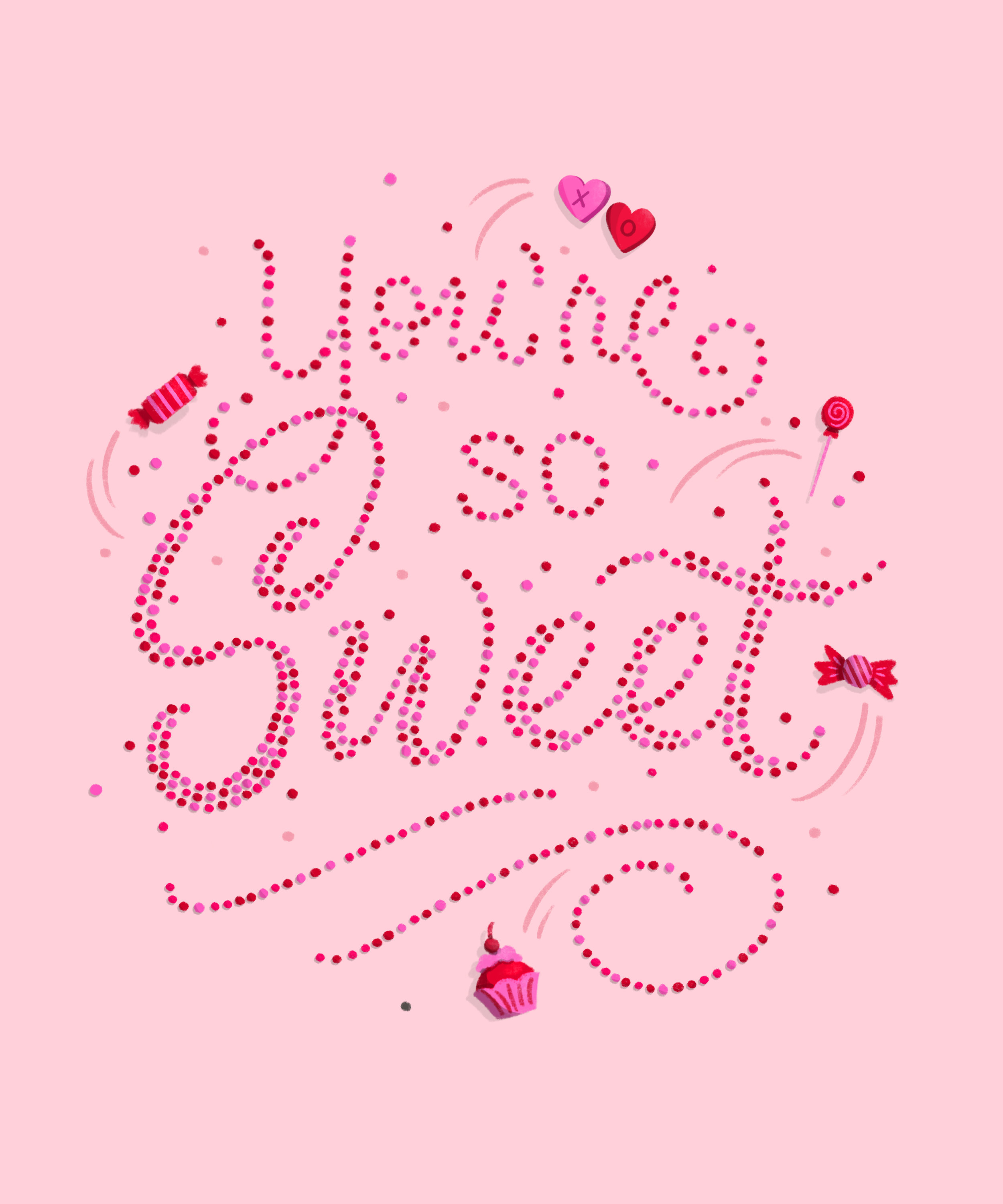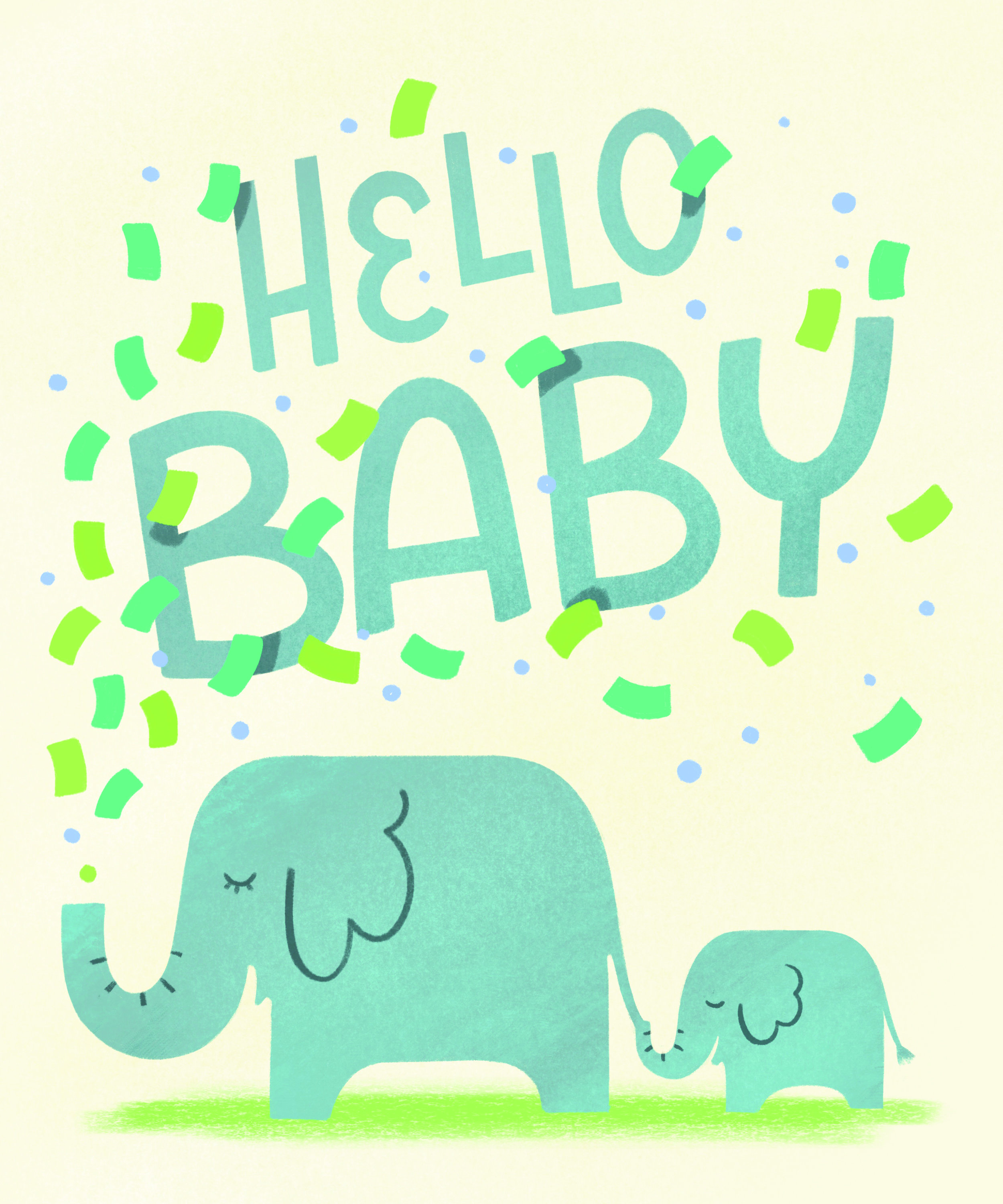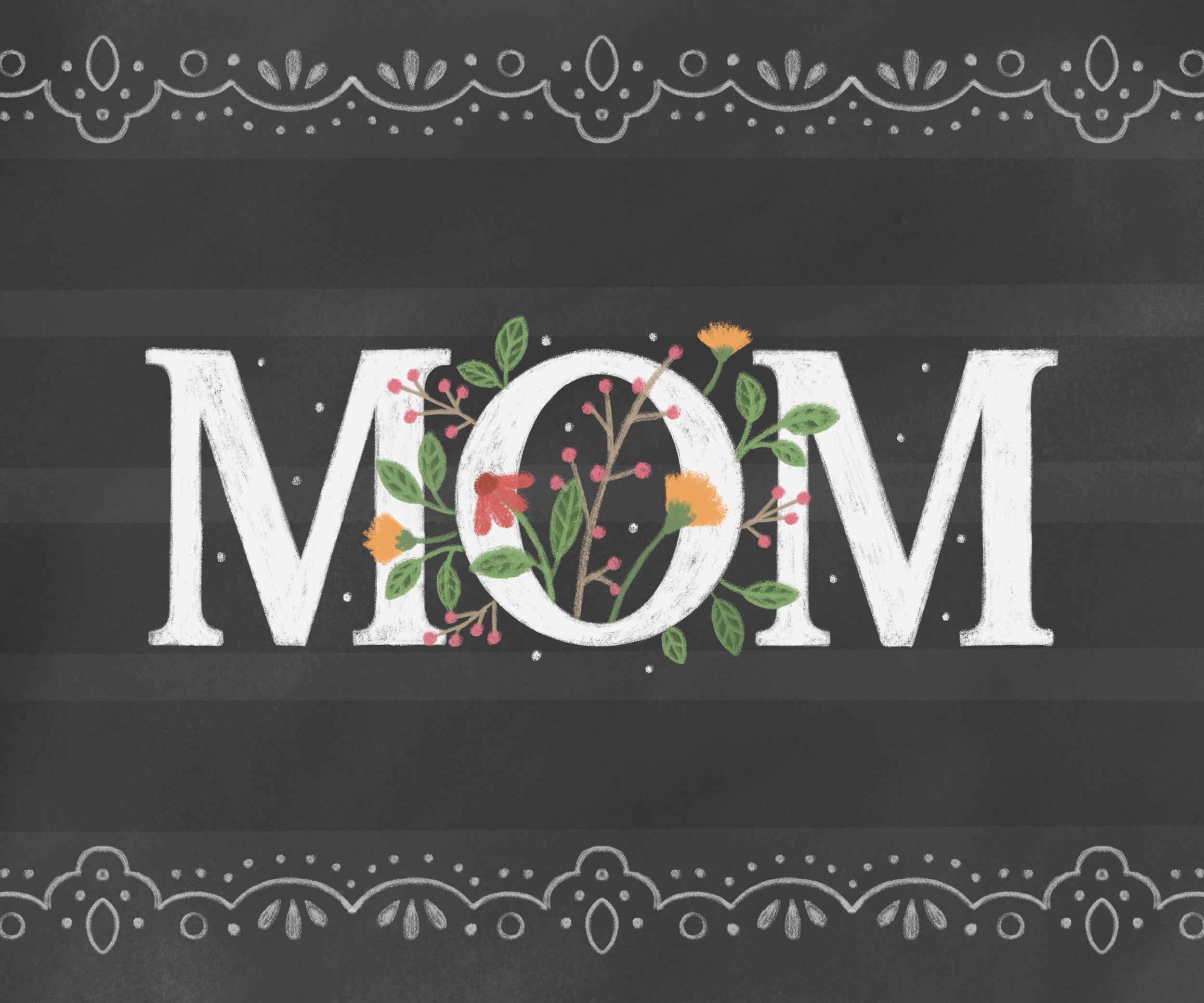What is an Art Licensing Portfolio?
Did you know that art licensing portfolios work differently than your traditional freelance portfolio?
Art licensing—or “loaning” artwork to companies for use on products—requires a different kind of portfolio.
Probably the biggest thing to note about licensing portfolios, and the thing that’s hardest for those super familiar with traditional freelance to get their head around, is that licensing buyers purchase art directly from your portfolio.
With traditional freelance work, like when a business hires you to do their branding, or when a magazine asks you to create a custom illustration for an editorial piece, those clients are looking at your portfolio as an example of the kind of work you can do. But they don’t want to buy an exact piece you’ve created for some other project. They need custom work that requires you to make something brand new.
With licensing, clients are sifting through your body of available work and typically choosing something you’ve pre-made to purchase. Maybe they’ll ask for a color tweak or a slight adjustment to the layout so it will fit with the specific product they want to place it on, but often, they’ll buy from your existing pieces.
I like to think of the licensing portfolio as a “menu.”
The work you include in your portfolio is available for purchase, just like the dishes on a menu are available to order. Most buyers will usually choose something on the menu. However, some of your pickier customers might ask you to make some substitutions, or even to cook up something else entirely. The menu is the guide to what’s currently available, and it’s up to you if you want to allow adaptations or off-menu requests!
So, now that you get the whole “menu” analogy…what the heck do you even make to go in your portfolio?
Great question. The answer depends on what kind of licensing work you want to get! Do you have a burning desire to break into the textiles industry? Do you have a sweet, playful style that would kill it in the baby market? If you know where your passion lies—go ahead and hone in on it!
If you’re not so clear or need some guidance, I suggest starting with the gift and stationery markets. Words are really important for selling these types of products, which means there’s an especially big need for lettering!
With a direct focus, we can start to hone in on what kind of work to make. Since cards, gift bags, gift wrap, and the like are sold around occasions, that’s a great place for us to start. Go to your favorite big box store, check out a local shop that sells gift items, or simply browse online to start taking note of all the occasions that people buy cards/gifts for. That’s going to be the basis, or guide, for your portfolio.
Once you have an understanding of the occasions you need to focus on, you can start generating copywriting ideas. Yep, you heard me right—you’re going to have to write some copy. But don’t be afraid if writing isn’t necessarily your forte. First of all, it’s totally okay to use some of the “classic” phrases on your designs, like “Happy Birthday” or “Merry Christmas.” In fact, I suggest always having those tried-and-true phrases on hand. When you’re ready to get a little more creative with your writing, try sitting down with a friend in a no-pressure environment (my favorite place to brainstorm is over a cold IPA…) and write like you’d speak! How would you actually say “I miss you” to a close friend? I’d probably say something more like “I wish we were in the same place.” You can do this exercise for every occasion and category to come up with some phrases that feel a lot more like YOU.
Once you have your portfolio together, it’s time to start sharing it with potential buyers! You can host your portfolio on a webpage, put it in a PDF, or send individually curated pieces as jpgs.
While this is a great start, there are a lot more things to cover in order to get you set up and ready to start licensing your work—like…how do you find buyers to reach out to, and how do you contact them? How do you price your work and negotiate licensing agreements? How do you know what sizes and specs to use when you’re creating your art?
Don’t worry, I got you! My friend Ilana Griffo and I have teamed up to create an e-course all about demystifying the world of licensing called Art Licensing for Letterers, and it answers all these questions and a LOT more. Head over to the course page to learn more. We’d love to help you get your licensing biz up and running!








